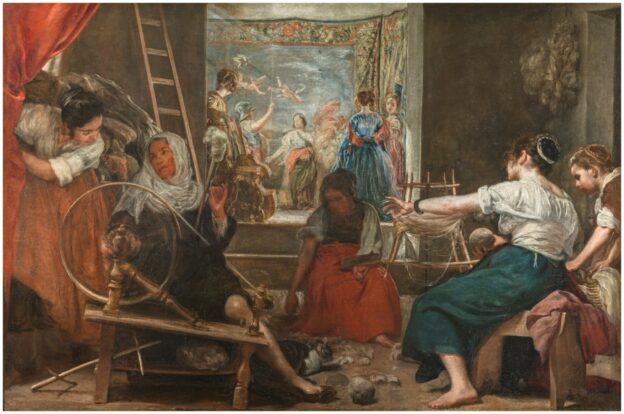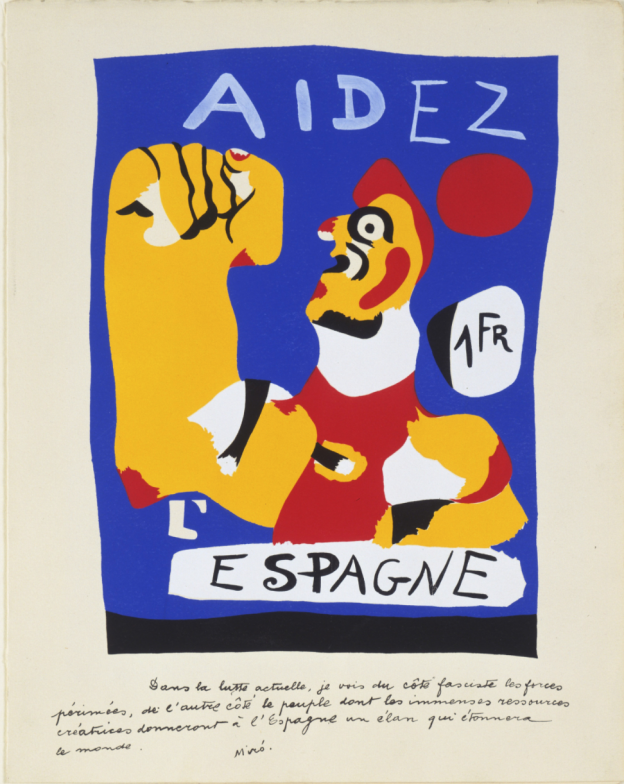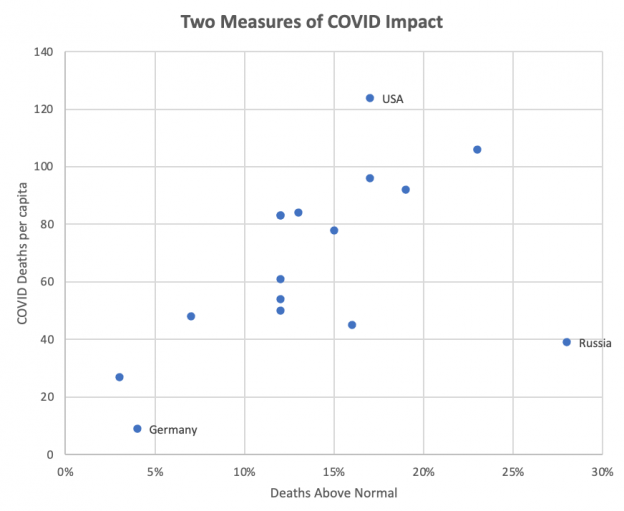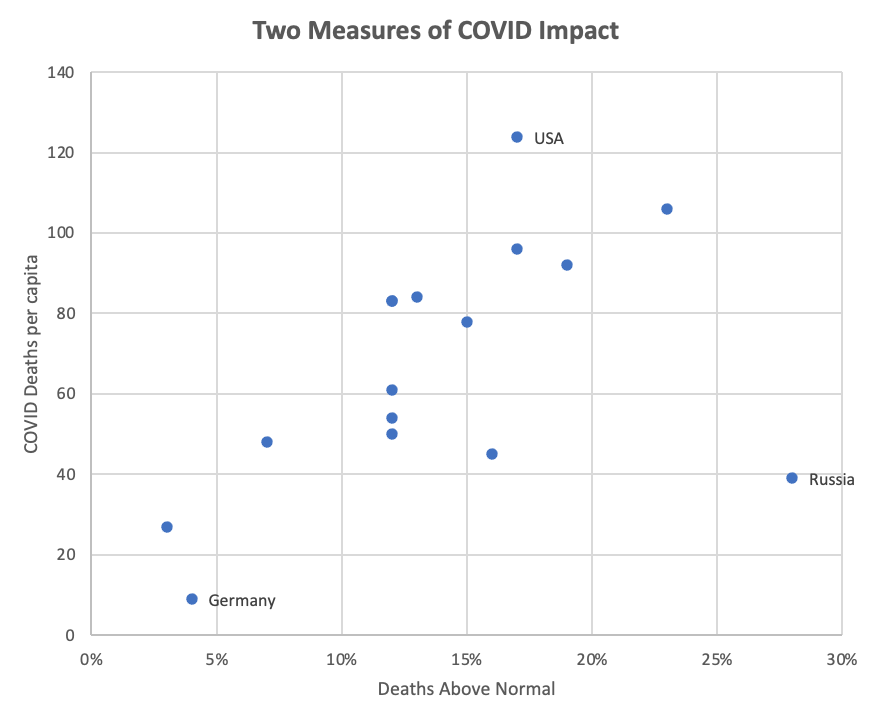- Facebook66
- Twitter2
- Total 68
Europa was Phoenician. She was a princess of Tyre, now in Lebanon, which is in Asia. If we take the myth literally, her native tongue would have been Semitic, part of the Afroasiatic language family. Zeus, disguised as a bull, carried her off to Crete, where she bore him three sons who ruled domains from Anatolia to the Cyclades. She gave her name to the continent where she landed.
That is one story about Europe and its neighbors. Here’s a more influential one. Long ago, Spain was populated by people who were Christian and European and whose language and culture derived from ancient Rome. A conquering army arrived from Africa, bringing a foreign religion and language (an Afroasiatic one, in fact). Their advance was checked by a European army at the Battle of Tours. Then, gradually, the surviving Christian leaders “reconquered” the peninsula and drove the foreigners away.
Now here are some problems with that story. Both Christianity and Islam (and Judaism) began in the same region of western Asia. Many people in both northwest Africa and the Iberian peninsula converted to one of those religions, or to one and then another. Members of the same families belonged to both. ‘Abd al-Rahman III, the powerful monarch who founded the Caliphate of Cordoba, had a Christian grandmother, Princess Onneca of Pamplona, and a Christian slave mother, Muzna. He dyed his fair beard dark to look more like one of his very distant patrilineal ancestors from the Arabian peninsula (Brian Catlos, Kingdoms of Faith, p. 130).
Although the origins of the peoples of both modern Spain and Morocco are unclear, there’s at least some evidence that they descended from a common “Ibero-maurusian” culture that spanned the straits. The invaders in 711 included many Christians as well as Muslims. Some people whose ancestors had lived in Spain before 711 thoroughly acculturated to Arab language and customs while remaining Catholic. However, it was largely because of the influence of the Muslim and Arabic-speaking Abassid Caliphate far to the east that texts, ideas, and aesthetic values that had been important in ancient Rome spread into the Iberian peninsula, and from there into northern Europe.
It is hard to shake an equation of European with Christian, Latinate, and white. But this is a misleading mental model, as well as often a racially prejudiced one. The Spanish story of “reconquest” is one of its sources.
We can trace the model one step back from Spain to the court of Charlemagne, where Alcuin of York (c. 735–804) used the word “Europe” for the region where he lived. For instance, Alcuin wrote, “Almost the whole of Europe was destroyed by the fire and the sword of the Goths or the Huns. But now, by the mercy of God, as the sky shines bright with stars, so Europe shines with the ornament of churches, and in them the offices of the Christian religion flourish and increase.”
Alcuin wanted to differentiate Charlemagne’s empire (headquartered in what is now the French/German border) from its pagan Nordic enemies, the Slavic peoples whom Charlemagne raided for slaves, the Iberian Arabs whom Charlemagne’s grandfather had fought at Tours, and especially the Greek-speaking Christians based in Constantinople. Hence Alcuin defined a continent that encompassed Charlemagne’s possessions while excluding all other lands, including the empire of the Greeks.
Alcuin didn’t invent the word “Europe”; he reformulated ancient precedents. For Herodotus (485-425 BCE) the line between Asian and Europe ran through the Kerch Strait (the site of Putin’s bridge today), the Bosphorus and Sea of Marmara, and then between the coast of Asia Minor and the Aegean islands. Herodotus described many closely associated cities and people on both sides of this line. Meanwhile, he defined the border between Asia and Africa as the River Nile, which split the Kingdom of Egypt between two continents:
I cannot guess for what reason the earth, which is one, has three names, all women’s, and why the boundary lines set for it are the Egyptian Nile river and the Colchian Phasis River [now in Georgia] … ; and I cannot learn the names of those who divided the world, or where they got the names which they used. For Libya is said by most Greeks to be named after a native woman of that name, and Asia after the wife of Prometheus … But as for Europe, no men have any knowledge whether it is bounded by seas or not, or where it got its name, nor is it clear who gave the name, unless we say that the land took its name from the Tyrian Europa, having been (it would seem) before then nameless like the rest. But it is plain that this woman was of Asiatic birth, and never came to this land which the Greeks now call Europe, but only from Phoenicia to Crete and from Crete to Lycia. Thus much I have said of these matters, and let it suffice; we will use the names established by custom.
Herodotus, The Histories (trans. A. D. Godley) 4:45
Thus, for Herodotus, the distinctions among continents were arbitrary (there was one connected “earth”) and did not mark cultural boundaries. These distinctions were basically local, because he admitted that he did not know how far the continents extended. He did not intend to contrast people from China, Scotland, and Nigeria, but rather those from Lycia and Lesbos, which lie a few miles apart. (One of Europa’s sons by Zeus, Sarpedon, was the mythical founder of Lycia, which Herodotus counted as Asian. Another son was Minos, the mythical king of Crete, which he considered Greek.)
However, Herodotus begins his histories with a strong binary opposition between the “Hellenes” and the “barbarians” (Hdt. 1.1.0). He retells a series of mythical tit-for-tat abductions or rapes–from Europa to Helen–and then blames the Greeks for escalating these conflicts into full-scale war by invading and destroying Troy. He offers what he calls the Persian take on this matter:
“From then, we have always held the Greeks to be our enemies.” For the Persians claim Asia and all the barbarian peoples who live there as theirs, and they consider Europe and the Greeks to be separate.
(Hdt. 1.4.4, my trans.)
Thus, for Herodotus, the Europe/Asia distinction is really a Persian construction–but it matters deeply to him because he sees the Persian Empire of his time as the chief threat to Greek liberty.
Thucydides may obliquely criticize Herodotus when he notes that Homer never named Agamemnon’s forces as “Hellenes,” nor did Homer use the word “barbarian” at all. Thucydides argues that the concept of Greekness arose long after the Trojan War, once the city states centered in Greece had developed sufficient wealth and power that they could act in concert (Thucy. 1.3). In other words, for Thucydides, Greek identity and opposition to Persian power were political accomplishments, not natural facts.
Twenty-five centuries later, these distinctions–much evolved and redefined–still influence us. Herodotus would be perplexed to hear barbarians from the distant west define themselves as Europeans, yet a long thread connects him to them.
The idea of “Europe” can be inspiring. I was exposed to benign propaganda in favor of European integration when I was a child in London in the 1970s, and for me, the EU still invokes cosmopolitan, peaceful, and democratic values. I was moved to see EU flags on many private buildings in Lviv and Chernivtsi in 2015. On the other hand, “Europe” can also be an exclusionary idea, a boundary. In the case of Brexit, it even serves as a way of turning very close neighbors into foreigners. It’s always worth recalling the arbitrary origins of the concept and remembering Herodotus’ point that the earth is really one.
See also: the history of the phrase “the West”; don’t name things Western but call out imperialism; to whom do the ancient Greeks belong?; Jesus was a person of color; Brexit: a personal reflection; etc.



